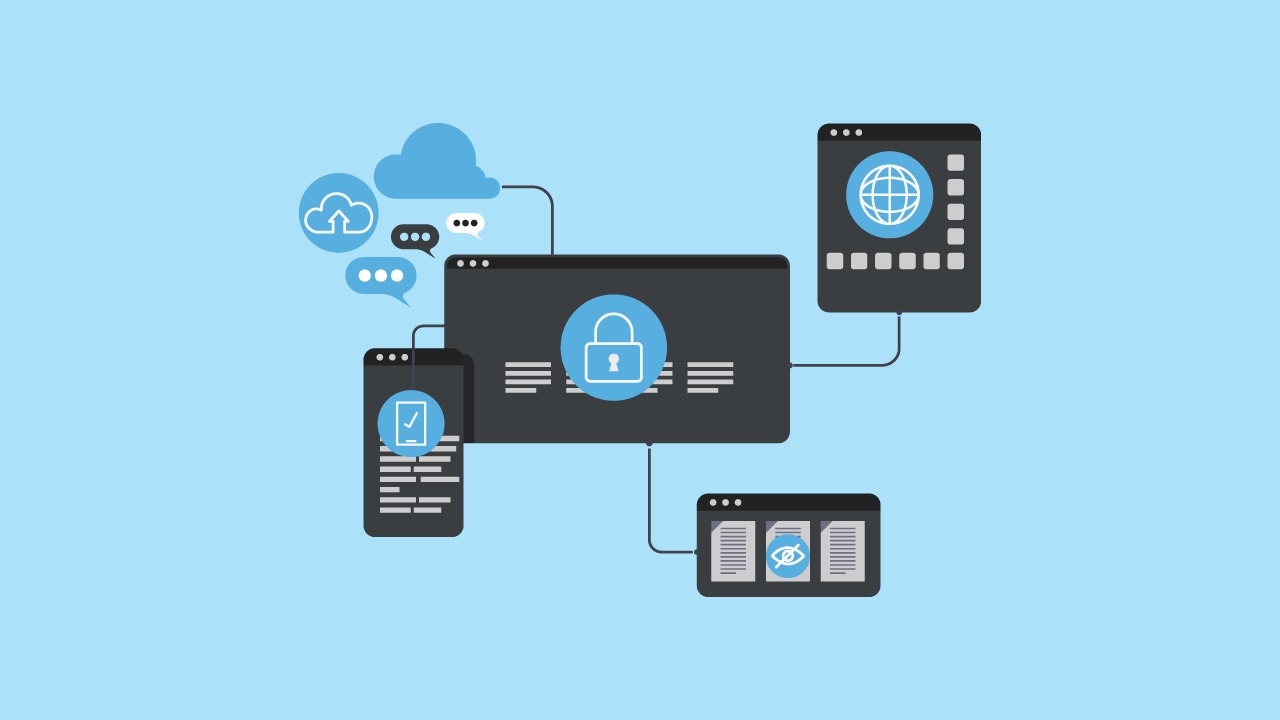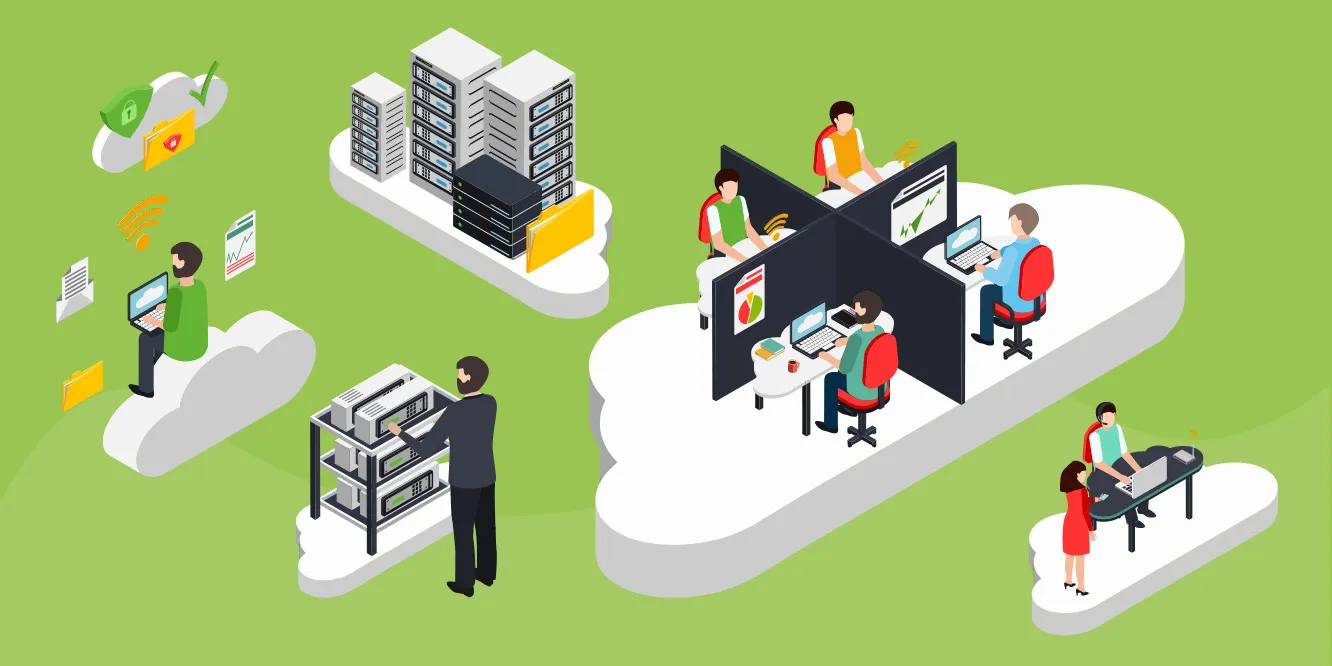What is Unified Access Management and Why Do Growing Companies Need it?

In the face of stiff competition and no VC backing, Inovelli found its success through its community of smart homeowners and developers.
As they grew, the need to provide streamlined access to their customers who were also often their community members became more prominent. Enter Unified Access Management.
Inovelli is just one example.
As customers today seek a multichannel experience, the need for comprehensive unified access management solutions has grown.
There needs to be some way to unify the different platforms where customers interact with a brand.
This brings many benefits to the brand: consolidation of data to a single source of truth, reduced burden on IT, improved security, and streamlined login experience for customers.
UAM is also a critical need for enterprises. As a company’s headcount starts growing, the number of systems and applications they use for internal management also starts piling up. From the perspective of employees, it’s just difficult to manage different credentials for logging in. But there are bigger problems for IT and security specialists that desperately require a Unified Access Management solution. That’s a problem Steelcase, another one of our clients faced.
For both Inovelli and Steelcase, the answer was a Unified Access Management solution. Inovelli, being a smaller player required Single Sign On, a key feature in Unified Access Management, which was implemented using Auth0 integration with their website. This for the most part solved its current challenge.
Steelcase, an enterprise company with more than 12,000 employees required a more comprehensive solution. With a community platform where all their stakeholders including their employees, dealers, and contractors engaged with each other, Steelcase had important security concerns.
They used One Login to manage secure user access to all their platforms including their community forum.
This article dives deeper into Unified Access Management and looks at the key features and benefits for small and big companies like Inovelli and Steelcase.
What is Unified Access Management and Why Is It Important?
Unified Access Management (UAM) is a comprehensive solution that centralizes identity and access management across a range of platforms and user types. It streamlines authentication processes, enhances security measures, and improves user experience by offering a single point of access for various applications and services. The key components include:
- Identity Management: Manages user identities and their attributes
- Authentication: Verifies user identities
- Authorization: Determines what resources a user can access
- Audit and Compliance: Tracks and reports on user activities and resource usage
Key Features of Unified Access Management
Single Sign-On (SSO)
One of the most user-friendly features of UAM is Single Sign-On (SSO). It allows users to log in just once and gain access to multiple systems without the need to remember multiple passwords or go through numerous login pages.
Multi-Factor Authentication (MFA)
MFA enhances security by requiring users to provide two or more forms of identification before gaining access. This could be something they know (like a password), something they have (like a mobile device), or something they are (like a fingerprint).
Role-Based Access Control (RBAC)
RBAC is crucial for large organizations where different users have different levels of access. With RBAC, system administrators can assign access based on the role a user plays in the organization, making it easier to manage permissions at scale.
Read Also: Role-Based vs Attribute-Based Access Control: Which is better?
User Lifecycle Management
This feature manages the complete lifecycle of a user within an organization—from the time their account is created, through role changes, and finally to account deactivation or deletion.
Benefits of Unified Access Management
Streamlined Operations for All
Unified Dashboard for Everyone: UAM offers a centralized dashboard that simplifies management for retailers and provides a unified access point for employees and other stakeholders. This makes it easier to manage multiple platforms and roles, from online sales to in-store operations and customer support.
Automated Workflows for Efficiency: UAM allows for automated processes like user onboarding and role assignments, reducing manual labor and the risk of errors. This benefits not just the management but also employees who can focus on more value-added tasks.
Enhanced Experience for Customers and Employees
One Login to Rule Them All: With Single Sign-On (SSO), customers, employees, and other stakeholders can use a single set of credentials to access multiple services. This simplifies interactions with the brand across various platforms and roles.
Personalized Interactions: Centralized data enables more targeted marketing for customers and can also be used to personalize employee interfaces, making daily tasks more straightforward.
Robust Security Across the Board
Consistent Security for Everyone: UAM ensures uniform security protocols across all platforms and user types, including multi-factor authentication and data encryption, safeguarding both customer and employee data.
Compliance Simplified: Meeting compliance standards like GDPR or PCI DSS becomes easier for retailers, and employees can also be assured that their data is handled responsibly.
Data-Driven Decisions for Business and Strategy
Unified Analytics for Insight: Having all user data in one place allows for more accurate analytics, benefiting not just customer targeting but also employee performance reviews and operational adjustments.
Optimized Campaigns and Workflows: High-quality data allows for better-targeted marketing campaigns for customers and more efficient workflow designs for employees.
Also, read our article on 5 Major Business Process Automation Benefits You Should Know About.
Building Loyalty and Trust Among All Stakeholders
Seamless Experience for Everyone: A unified approach to access management ensures a smooth experience for all users, whether they are customers shopping online, employees accessing work resources, or stakeholders interacting with the enterprise. This fosters long-term loyalty and satisfaction.
Trust Through Security: Enhanced security features protect all users and build a level of trust that is crucial for long-term relationships, be it with customers, employees, or other stakeholders.
By adopting Unified Access Management, retailers and enterprises can create a more efficient, secure, and satisfying experience for everyone involved, from customers and employees to various other stakeholders. This makes UAM an indispensable tool for modern businesses aiming for long-term success.
Tools and Technologies for Implementing Unified Access Management
Implementing a robust Unified Access Management (UAM) system requires a combination of tools and technologies that can handle various aspects of identity and access management. Here’s a rundown of some essential tools and technologies that can help businesses successfully implement UAM.
Identity Providers (IdP)
- Microsoft Azure AD: A cloud-based identity provider that offers features like Single Sign-On and multi-factor authentication.
- Okta: Known for its user-friendly interface and extensive integrations, Okta is another popular choice for cloud-based identity management.
Single Sign-On (SSO) Solutions
- Auth0: Provides SSO capabilities and is often used in combination with other identity providers for a more comprehensive solution.
- OneLogin: Offers SSO along with a range of other features like multi-factor authentication and lifecycle management.
Multi-Factor Authentication (MFA) Tools
- Duo Security: Offers two-factor authentication services that add an extra layer of security.
- Google Authenticator: A free app that generates time-based one-time passwords (TOTP) for two-factor authentication.
Compliance and Security Platforms
- Symantec VIP: Provides a range of security solutions including threat protection and compliance management.
- McAfee Total Protection: Offers a comprehensive security suite that includes data protection and network security features.
Data Analytics and Reporting
- Splunk: Used for searching, monitoring, and analyzing machine-generated data to facilitate decision-making.
- Tableau: A data visualization tool that can integrate with various data sources for in-depth analytics.
Cloud Management Platforms
- AWS Identity and Access Management (IAM): Provides identity services specifically designed for Amazon Web Services.
- Google Cloud Identity: Offers identity services and endpoint management, tailored for Google Cloud Platform.
Choosing the right combination of tools and technologies is crucial for a successful UAM implementation. The above options offer a range of features that can be mixed and matched according to the specific needs of a retailer or enterprise. By investing in these tools, businesses can ensure a secure, efficient, and user-friendly environment for all stakeholders.
Wrapping it up…
As we’ve seen, the benefits of UAM are manifold, extending from operational efficiencies to enhanced customer and employee experiences. Therefore, investing in a robust UAM system is not just an IT decision but a strategic move that can significantly impact a company’s long-term success.
Ready to take the next step in your digital transformation journey? Codup offers comprehensive digital transformation services that can help you implement a robust Unified Access Management system tailored to your business needs.




